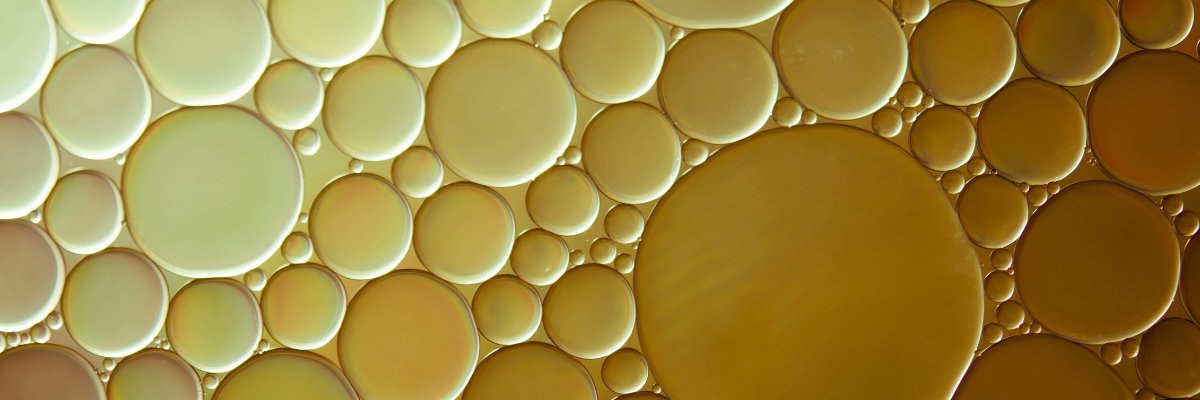
Breaking Down Nanoemulsion: The Science Behind Fast-Acting Edibles
Edibles offer a discreet, smoke-free, and longer-lasting alternative to traditional cannabis consumption and unlike smoking or vaping, edibles don’t irritate the lungs and provide a more controlled, measured dose for more predictable effects. While they deliver a full-body experience with effects that can last hours longer than smoking, cannabis edibles have long been known for their slow onset, often taking anywhere between 30 minutes to two hours to kick in.
Today, fast-acting edibles are changing the game with quicker onset time, but how exactly do they work? The secret lies in nanoemulsion technology, a process that makes THC and other cannabinoids more bioavailable and easier for your body to absorb. By transforming oil-soluble cannabinoids into tiny, water-soluble particles, this method allows for quicker absorption and more predictable effects.

Nanoemulsion is a process that breaks down cannabis extracts into tiny, nano-sized droplets and suspends them in water or another liquid. Since cannabis compounds like THC and CBD are naturally hydrophobic (meaning they don’t mix well with water), traditional edibles rely on your digestive system to break them down and process them through the liver, which can take a long time and lead to delayed effects.
When you eat a standard cannabis edible, the THC travels through your digestive tract and is metabolized by the liver in a process called first-pass metabolism. During this process, THC is converted into 11-hydroxy-THC, a more potent and longer-lasting compound. While this conversion results in a strong and long-lasting high, it also means you might be waiting 30 minutes to 2 hours to feel the effects.

With nanoemulsion, these cannabinoids are broken into microscopic particles, typically between 20-200 nanometers in size, and wrapped in an emulsifier, allowing them to be water-dispersible. This means they can be absorbed more quickly, bypassing much of this process, entering the bloodstream faster through sublingual absorption (through the mouth) and gastric uptake (in the stomach). The result? A fast-acting, water-soluble cannabinoid that provides effects in as little as 5-15 minutes instead of an hour or more.
One of the most effective ways to achieve nanoemulsion is ultrasonication, a high-energy method that uses ultrasonic waves to break cannabis extracts into nano-sized droplets. Ultrasonic sound waves are applied to a liquid containing cannabis extract and emulsifiers. These waves create high-pressure cavitation bubbles, which rapidly expand and collapse, breaking oil droplets into tiny, stable particles. The result is a uniform, water-dispersible solution that mixes seamlessly into liquids and is quickly absorbed by the body.

The effects of nanoemulsified THC are often described as more functional and controllable compared to traditional edibles. Because less THC is converted into 11-hydroxy-THC, the experience is typically closer to smoking or vaping in terms of onset and duration. This makes fast-acting edibles a great option for those looking for a buildable, daytime-friendly cannabis experience.
Fast-acting edibles powered by nanoemulsion are revolutionizing the way people consume cannabis. By providing quicker onset times, greater bioavailability, and more reliable effects, they offer a modern and efficient way to enjoy THC. Whether you’re sipping a cannabis-infused beverage or popping a fast-acting gummy, nanoemulsion ensures you won’t be waiting long to feel the benefits.

Want to try the difference for yourself? Explore our fast-acting lineup and experience the future of edibles today!

